When his daughter Lani collapsed on the sidelines of a field at Huizenga Park in Zeeland, Michigan, last spring, Joe Salinas thought she had tripped on a ball.
But it would be worse.
Something much worse.
Her heart had stopped beating.
Suddenly, his 13-year-old daughter found herself in a battle for life. The cause? Hypertrophic cardiomyopathy, a disease that thickens the heart muscle.
“You could tell she was having a hard time breathing, she was turning blue,” Joe said.
No one at the softball practice knew CPR, so the 911 operator talked them through chest compressions until a first responder arrived with an automated external defibrillator.
After an ambulance ride to nearby Spectrum Health Zeeland Community Hospital, a medical helicopter airlifted Lani to the Congenital Heart Center at Spectrum Health Helen DeVos Children’s Hospital.
Three days later, Helen DeVos Children’s Hospital pediatric cardiologist Christopher Ratnasamy, MD, inserted an implantable cardioverter defibrillator, which would deliver an electrical shock to Lani’s heart if the rhythm fell out of sync.
‘I’m honestly happy’
Lani has no memory of her collapse. Her time in the hospital is mostly a blur.
“I don’t remember a lot, but something I remember vividly is a visit from my coach, Jack,” Lani said. “He said, ‘It’s not your time.’”
She remembers they touched forefingers and she saw butterflies.
Her account of the visit astounded her parents—Jack had passed away two months before her hospitalization.
She also remembers thinking she had a butterfly-shaped tattoo. When Lani pulled down the neck of her hospital gown to show her mother, it revealed the surgical incision.
“We call it her battle scar,” said Jennifer Salinas, her mom. “And she won.”
Lani’s remarkable recovery involved much, from relearning to walk to adjusting to the reality of life with heart disease.
It hasn’t been easy.
Until last year, Lani’s life revolved around team sports. As a 5-year-old she played T-ball and her dad had been her coach. More recently she played softball, basketball and soccer.
“It was life-changing,” Jennifer said. “This is like reinventing the wheel. This is going to be her new normal.”
Sports had dominated much of Lani’s life.
“Just to randomly one day have it all end, I didn’t like it,” Lani said. “It made me sad and so angry.”
When emotions took a tail dive, Jennifer arranged for therapy.
“It was a sadness I’d never seen before,” Jennifer said.
Lani is now learning to embrace her new life.
“I hang out with friends a lot more now,” she said. “I’m honestly happy, I have more time for friends.”
Fixing weak links
Almost a year to the day after her heart stopped beating, Lani and her parents returned to Huizenga Field for the first time.
Joe’s eyes filled with tears as he recalled the day’s events.
As the family learned, hypertrophic cardiomyopathy is a common cause of sudden cardiac arrest in young people, including young athletes, according to the American Heart Association.
Often, a heart with this condition can stop beating when the individual is at rest or asleep. The problem goes unnoticed until it’s too late.
Lani had been among the fortunate few.
“Early CPR is definitely the cornerstone of survival,” Dr. Ratnasamy said. “It’s part of the chain of survival described by the American Heart Association.”
That chain begins with the quick action of bystanders and ends with post-cardiac arrest care, including weeks of rehabilitation that helped Lani regain her health.
The Salinas family is using the experience to strengthen weak links in the chain of survival for others.
They’re working to ensure local softball coaches are trained in CPR. They’re advocating for AEDs on softball fields.
They’ve also asked for the pedestrian opening at Huizenga Field to be widened because Lani’s gurney couldn’t fit through the narrow walkway.
Toward the end of the school year, Lani organized an awareness and fundraising event at her high school. Rain forced the event’s cancellation, but that will do nothing to deter her future efforts.
The family also wants to raise awareness that hypertrophic cardiomyopathy is genetic.
Lani has taken her experience and distilled it with a wisdom beyond her years.
As she surveyed the softball field a year after her collapse, she grew deeply introspective.
“I thought I would be angry,” she said. “This is the place that took it away from me.
“But because of what happened to me, a lot of good things are happening,” she said. “Being here makes it all relevant for me.”








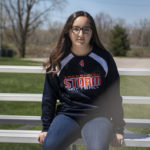
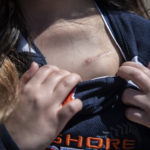


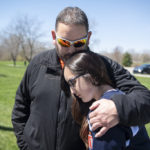
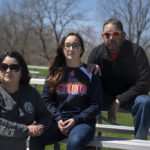
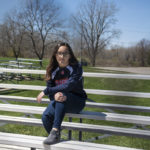

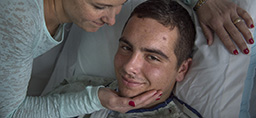 /a>
/a>
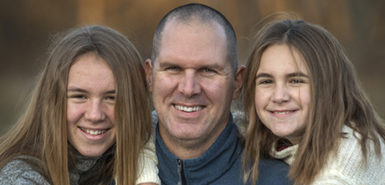 /a>
/a>
 /a>
/a>